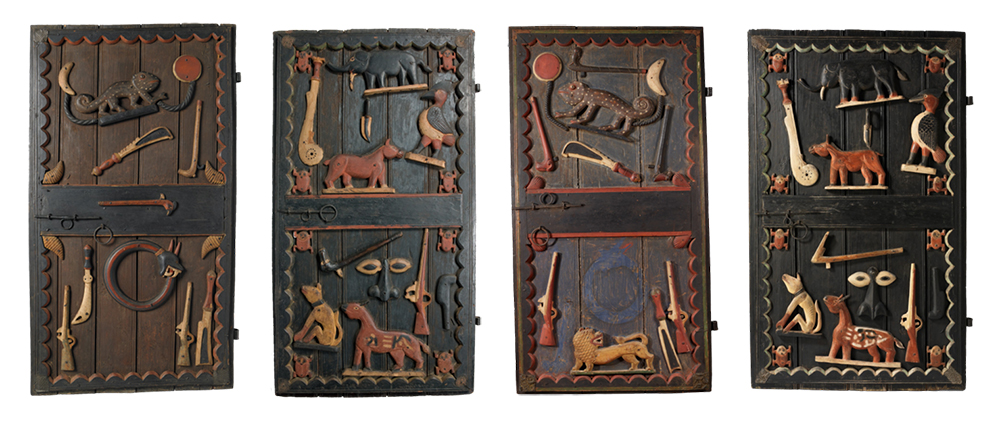
- The French State returns to the Republic of Benin 26 works of art stolen from the kingdom of Dahomey. However, there are estimates that there are still 88.000 sub-Saharan works of art in Africa in French museums.

Gulf of Guinea, 1892. The French army conquered the kingdom of Dahomey and looted the royal palace of Abomey. The kingdom of Dahomey had its most prosperous time in the 18th century, when trade relations with European states were strengthened. It was known, among other things, by a women’s regiment – as explained in this same paragraph in February 2019 – but the present kingdom of Benin did not have an opportunity when at the end of the nineteenth century France decided to open direct control of the region and began the war of conquest.
On 10 November last, an aircraft with a box of 26 works of art landed at Cotonou airport in Benin: three statues, the throne of the last king of Dahomey, several portable altars, three dance clubs, four doors of the Abomey Palace… These pieces have been part of the French national collection for the last 130 years and have been united to the Quai Branasia Museum in Africa. President Patrice Talon officially received the 26 works that France has decided to return and the neighbours celebrated the gesture of the French in a festive atmosphere.
In the words of art historian Bénédicte Savoy, “this is the first time that a former colonial country, in this case France, has returned an important part of its heritage to an African country.” But the initiative was not from France. The President of the Republic of Benin officially claimed Françoise Holland in 2016. France then denied, arguing that the pieces were part of the French collections and that by law heritage could not be divided. However, when Macron was appointed head of state in 2017, he pledged to return the treasures of the Abamey Palace. A report was requested from historians Bénédicte Savoy and Felwine Entr, who concluded that there are 88,000 sub-Saharan works of art in Africa only in French museums. They changed the laws and then established a protocol for the progressive return of looted works of art.
The report shows that the treasure of the Abomey Palace is only the tiny tip of the iceberg. In the highest era of colonialism, almost all of the cultural and artistic material heritage of sub-Saharan Africa, 90 per cent, according to some, was landed on the continent, using traps or stealing directly. It has also shown that there are still voices opposed to the return of the stolen, who argue that the works have been preserved thanks to the museums of the Western powers and that they may be at risk in their places of origin. That the gesture just made by the French State should not be limited to paternalistic celebrations, which will serve to defeat obsolete supremacist thoughts and lighten the long road that remains.